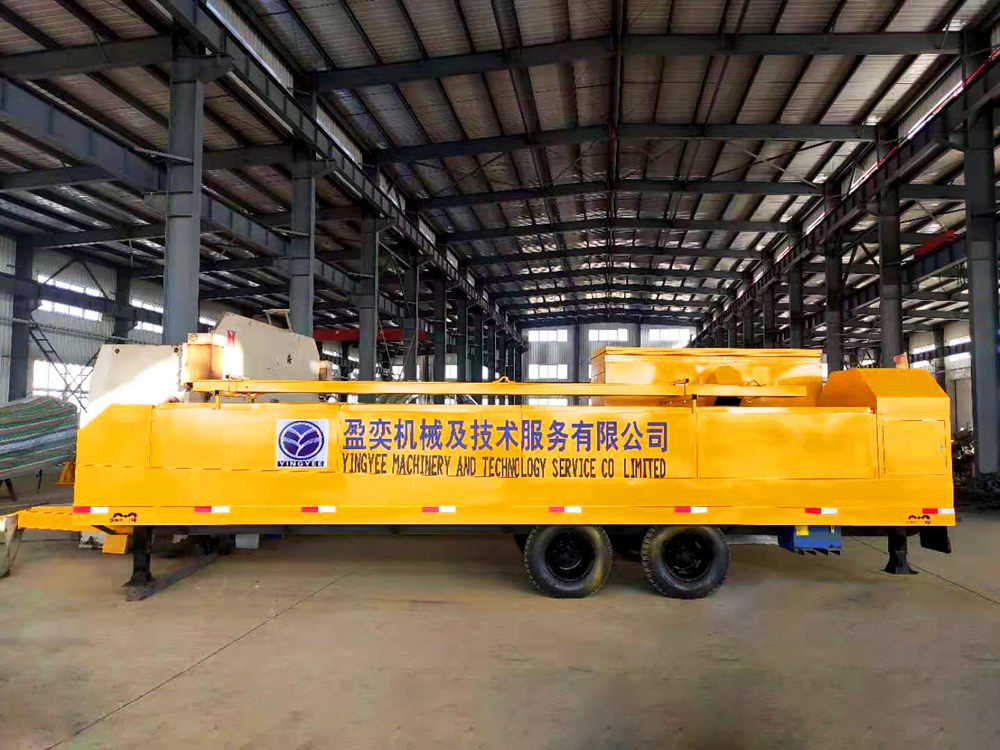The Evolution and Importance of C and Z Purlin Forming Machines
In modern construction and manufacturing industries, efficient and cost-effective solutions are essential. One pivotal piece of machinery that plays a critical role in this realm is the C and Z purlin forming machine. These machines are designed to create cold-formed steel components, which are vital for constructing durable and lightweight structures.
Understanding Purlins
Before delving into the specifics of forming machines, it’s essential to understand what purlins are. Purlins are horizontal supports for roof rafters, usually made from cold-formed steel. They come in various shapes, most commonly the C and Z shapes, which are named after their respective profiles. C purlins are commonly used for supporting roofs and walls, while Z purlins are frequently employed in applications requiring greater strength and stiffness, such as in larger buildings and industrial structures.
The Need for Forming Machines
Traditionally, purlins were fabricated using labor-intensive methods that were both time-consuming and inefficient. As the construction industry evolved, the demand for higher precision and quicker production rates became paramount. This is where C and Z purlin forming machines enter the scene. These machines automate the production process, ensuring uniformity, precision, and significantly reduced turnaround times.
How C and Z Purlin Forming Machines Work
C and Z purlin forming machines operate through a series of processes that include decoiling, feeding, bending, and cutting. Initially, a coil of steel is loaded onto the machine. The decoiler unwinds the coil, allowing the steel to be fed into the forming stations.
The first step involves the steel being shaped into the desired profile—either C or Z—using a series of rollers. These rollers are strategically positioned to apply pressure and bend the steel into intricate shapes while maintaining its structural integrity. One of the key advantages of these machines is their ability to adjust the width and thickness of purlins, facilitating customization for various construction needs.

Once the desired shape is achieved, the steel is cut to the required lengths. This process is often integrated with advanced control systems that ensure precise measurements, reducing material waste and maximizing efficiency.
Technological Advancements
Advancements in technology have significantly improved the capabilities of C and Z purlin forming machines. Modern machines are now equipped with computer numerical control (CNC), enabling operators to adjust parameters and settings with ease. This not only enhances the productivity of the machines but also allows for complex designs that meet specific architectural demands.
Moreover, contemporary machines promote energy efficiency and reduced operational costs. They often feature automated feeding and cutting systems, which diminish the need for manual labor and minimize human error. The integration of quality control systems further ensures that every batch of purlins meets stringent standards of quality and durability.
Market Demand and Applications
The demand for C and Z purlin forming machines has surged due to the growing construction industry and the need for lightweight, robust materials. These machines are widely used in various applications, including commercial buildings, warehouses, industrial structures, and even residential projects. Their versatility and adaptability make them a preferred choice for contractors and construction firms aiming to streamline their operations and improve building efficiencies.
Conclusion
In conclusion, the C and Z purlin forming machine represents a significant advancement in the construction industry. By automating the fabrication of essential structural components, these machines contribute to increased production efficiency, reduced labor costs, and improved quality control. As construction continues to evolve, the importance of such technology cannot be understated, ensuring that structures are not only built to last but also constructed in a way that is economically viable and environmentally friendly. With ongoing technological improvements, the future of C and Z purlin forming machines looks promising, paving the way for innovative construction solutions worldwide.